Bow Street Runners | Interview | “Electric Star”
Bow Street Runners was a psychedelic rock band formed in Fayetteville, North Carolina. Their debut album was released in 1970 for B.T. Puppy Records and not long after the band sadly disappeared.
The band was formed in 1969 and their members included George Graham (drums), Steve Darling (guitar), Frank Hardwick (bass), Mike Dees (vocals), Bill Joyner (keyboards) and later Steve Struthers (lead guitar).

“Each song had its unique characteristics”
It’s great to have you. Let’s start at the very beginning. Where did you grow up, and how did you first get interested in rock’n’roll music?
George Graham: I was born and raised in Fayetteville, North Carolina. Even though I have always loved different types of music from an early age, it was not until the British Invasion that I became hooked on music.
Was there a specific moment when you knew you wanted to become a musician?
I did not consider becoming a musician until the British Invasion. That was when I decided to become a drummer. Watching drummers has always fascinated me. One of my best friends, Ralph Melvin, was also interested in being a drummer. We both encouraged each other to pursue our passion. We both ended up as drummers in local bands over the years.
The British Invasion and the sound of heavier groups have influenced your band. Would you like to take us back in time and tell us what kind of records and fanzines we would find in your teenage room?
My friend, Ralph Melvin, introduced me to a drummer named Sandy Nelson. He had released numerous albums, among which was ‘Let There Be Drums’. Ralph and I bought Sandy Nelson’s albums and studied his style and playing. Before and during that period, I loved The Beach Boys and all the music that went along with the surfer influence, fast cars, and love songs.
How did you come around to play the drums?
Again, it was a mixture of the things I have already mentioned, but the British Invasion locked it in for me. I was mesmerized by the effect the music and style had on audiences. In my mind, I wanted to be a part of that scene.
How did you meet other members of the band? Were you or any other band members in any other bands? Any releases from back then? Or archived demo recordings?
I first met Steve Darling (guitar) and Mike Dees (vocalist) when we all attended the same middle school. We all loved music and decided to form a band with some other friends. We later decided on a name for the band but filtered through many different musicians to find the right match. It was not until high school that we added Bill Joyner (keyboards) and Frank Hardwick (bass guitar). That was officially the first Bow Street Runners. The only recording from this period that I have was from a gig at a skating rink we played in the late 1960s. It was recorded on a reel-to-reel tape deck. That is the only recording I am aware of until we recorded the original Bow Street Runners album.

Where did you rehearse, and how would you describe some of the early sessions you had together?
In the early years, we would practice at each other’s houses. Depending on the weather, it would be out in the garage or inside the house. We would listen to 45-rpm vinyl records of the songs we wanted to learn to play. We would practice those until we felt confident about performing them in public.
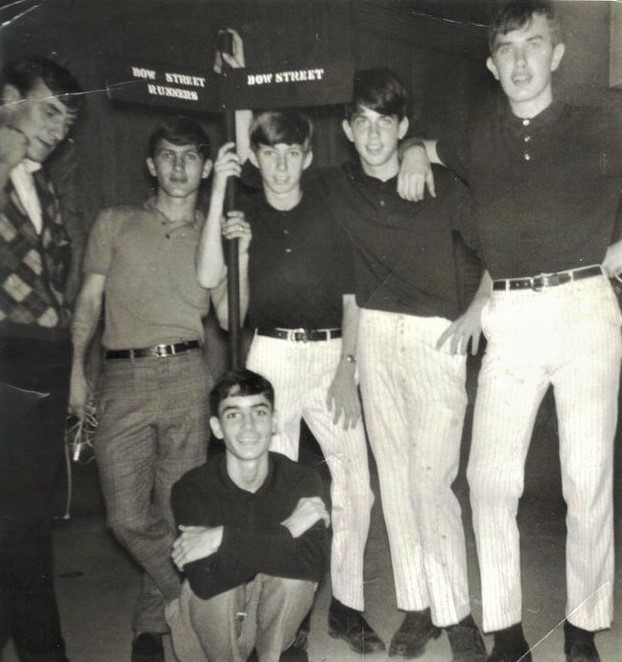
When did you start working on your own repertoire?
In the early years, we did not work on any original material. We were more or less a cover band. After high school, the band separated. Bill Joyner was a year behind in school, but the rest of us went on to college, except for Frank Hardwick. He stayed in Fayetteville and continued to play with other local musicians. After the first year of college, the rest of us returned home. We reconnected with Frank. While we were away, he had been writing songs and had gone into the studio owned by Bill Cain. He had met Steve Struthers (guitar) and Randy Smith (keyboards), and Johnny Ridgen (drums), who helped him begin recording a couple of songs. Frank Hardwick did most of the original writing on all the songs on the first album. We all collaborated and added our parts to the foundation of what Frank had written. He was very creative and talented.
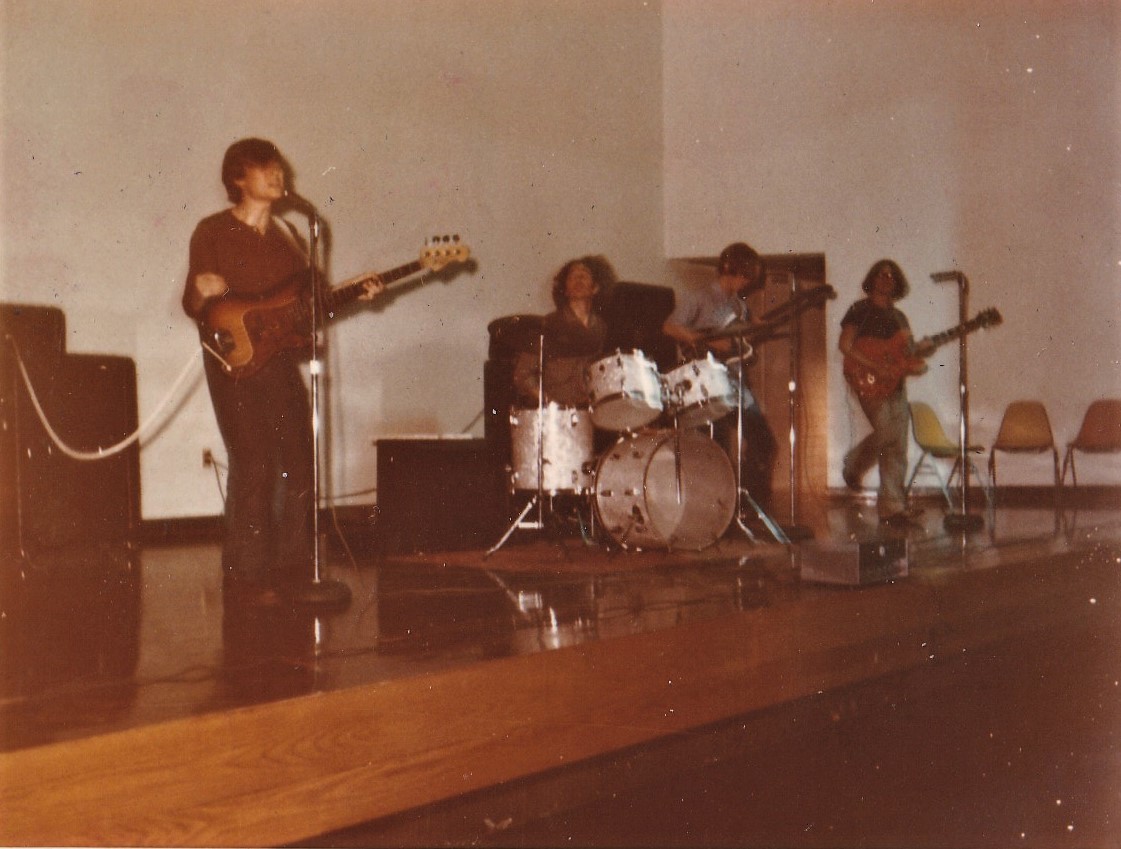
You were extremely young when you started. How old were you in 1970 when the album was released?
I was 19 years old. All of us were about the same age except for Steve Struthers. He was the youngest member of the band.
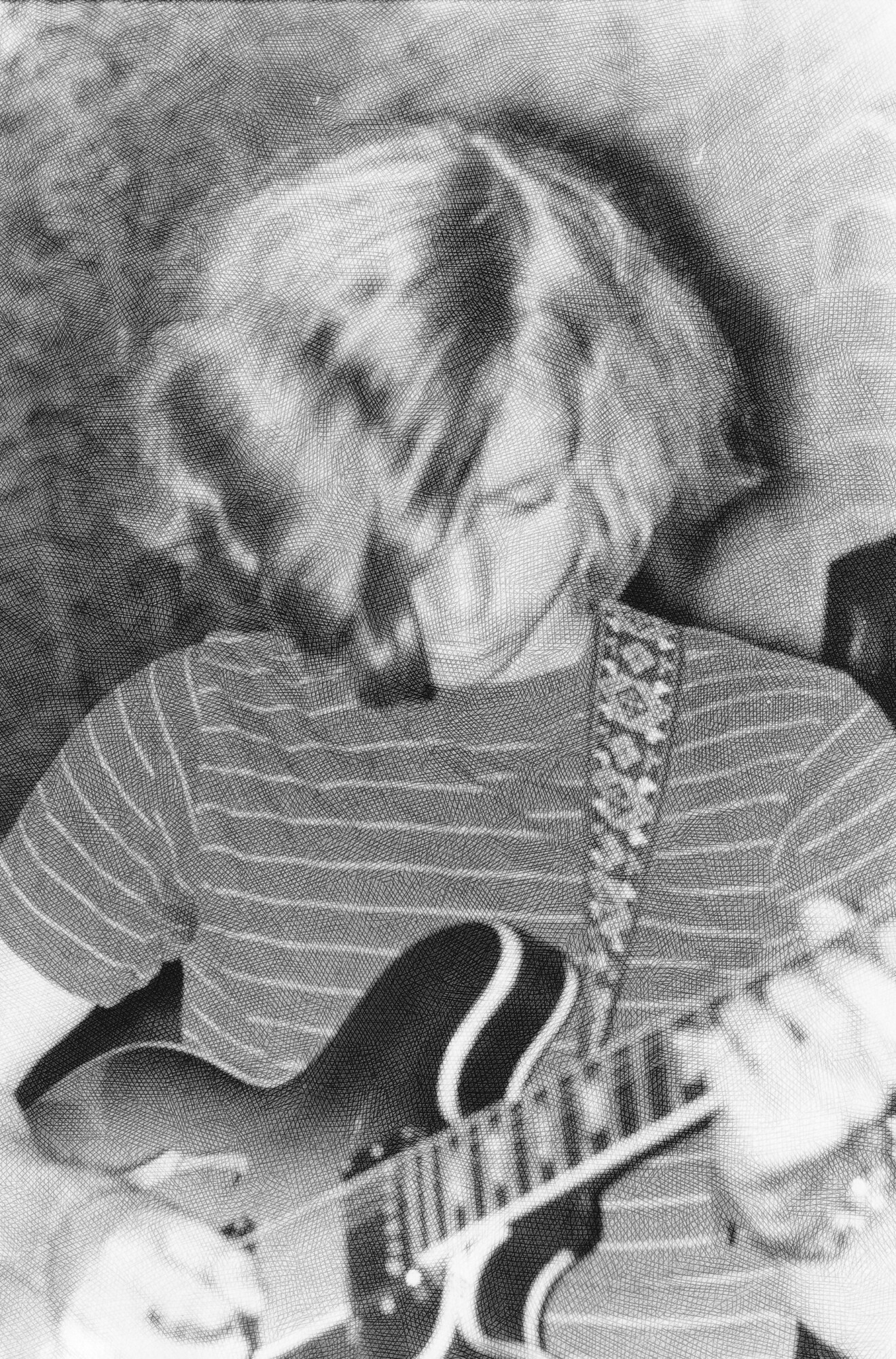
How would you describe the local scene? What clubs did you play, and what were some other bands you played with?
In high school, we played at private parties, the local YMCA teen dances, other teen dances in the area, and clubs at the local army base, Fort Bragg. We also played for concerts in local parks. After recording the album, we started branching into other venues in other cities and states. We travel on the road for a short period. During that time, we opened for better-known bands such as the Box Tops, Strawberry Alarm Clock, Wet Willie, Mary Wells, Mel and Tim, and Big Brother and the Holding Company (after Janis Joplin died). In our last concert together, we opened for Bloodrock.
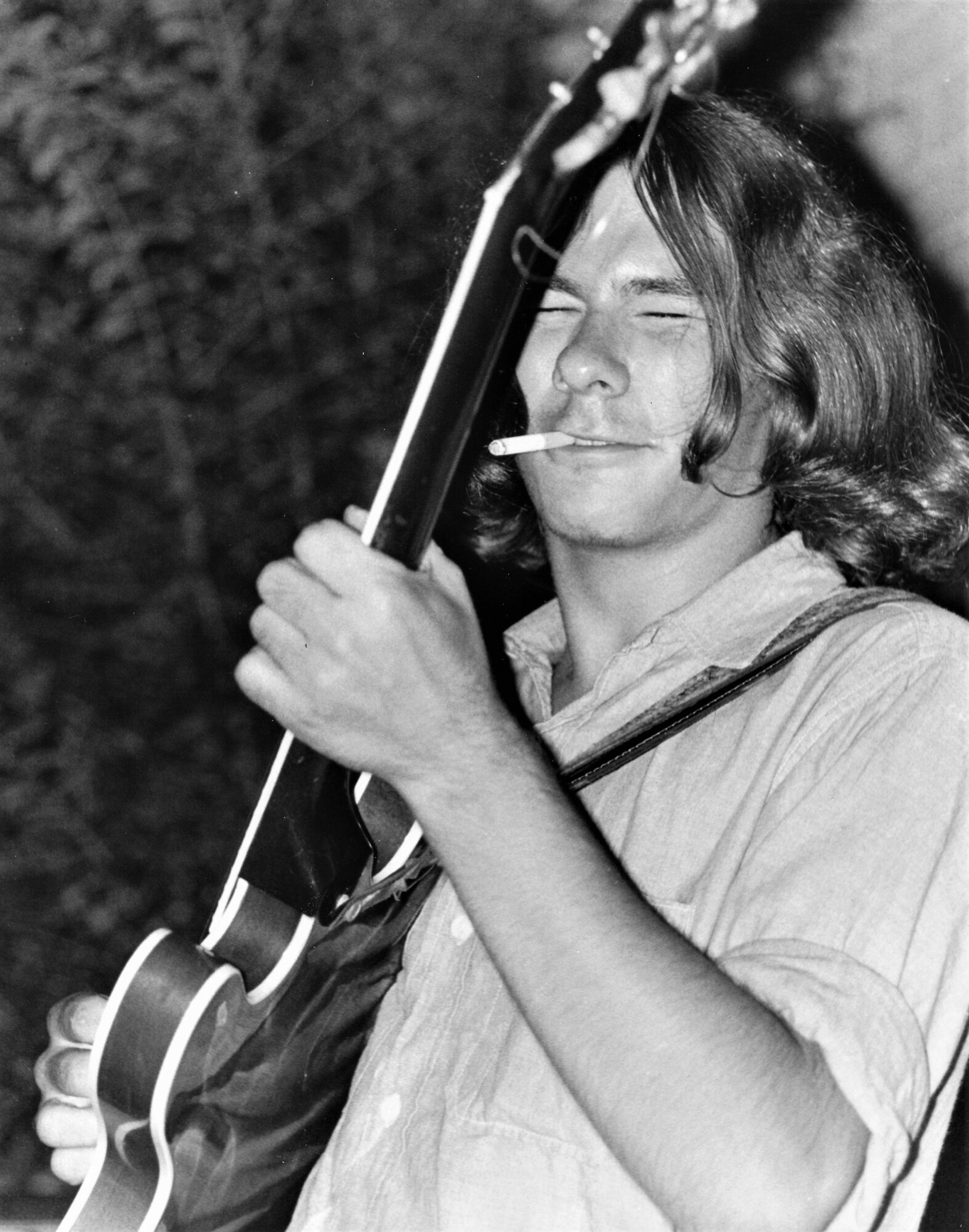
How did you get signed to B.T. Puppy Records?
When Steve Darling, Mike Dees, and I came home from college for the summer, we reconnected with Frank Hardwick and Steve Struthers. Because of Frank’s relationship with Bill Cain, we could go into the studio and collaborate and develop the songs Frank had written. Bill had developed a relationship with B.T. Puppy Records. The bottom line is that after we recorded all the songs for the album, we signed a contract with Bill. He, in turn, signed a contract with B.T. Puppy for the album to be released. We never met anyone from B. T. Puppy. They didn’t know any of us, only Bill!
I love the harmonies on the record. What runs through your mind if I would play it for you again?
Frank Hardwick had married his high school sweetheart, Rusty, right after high school. When we were recording songs in the studio, Frank had her sing lead on ‘Electric Star’ and ‘Leaving Grit America’ and add some harmonies on other pieces. What sticks out most about the vocals is that we spent many long hours trying to get them right. I did not sing, but sitting there and watching the process was very tedious.
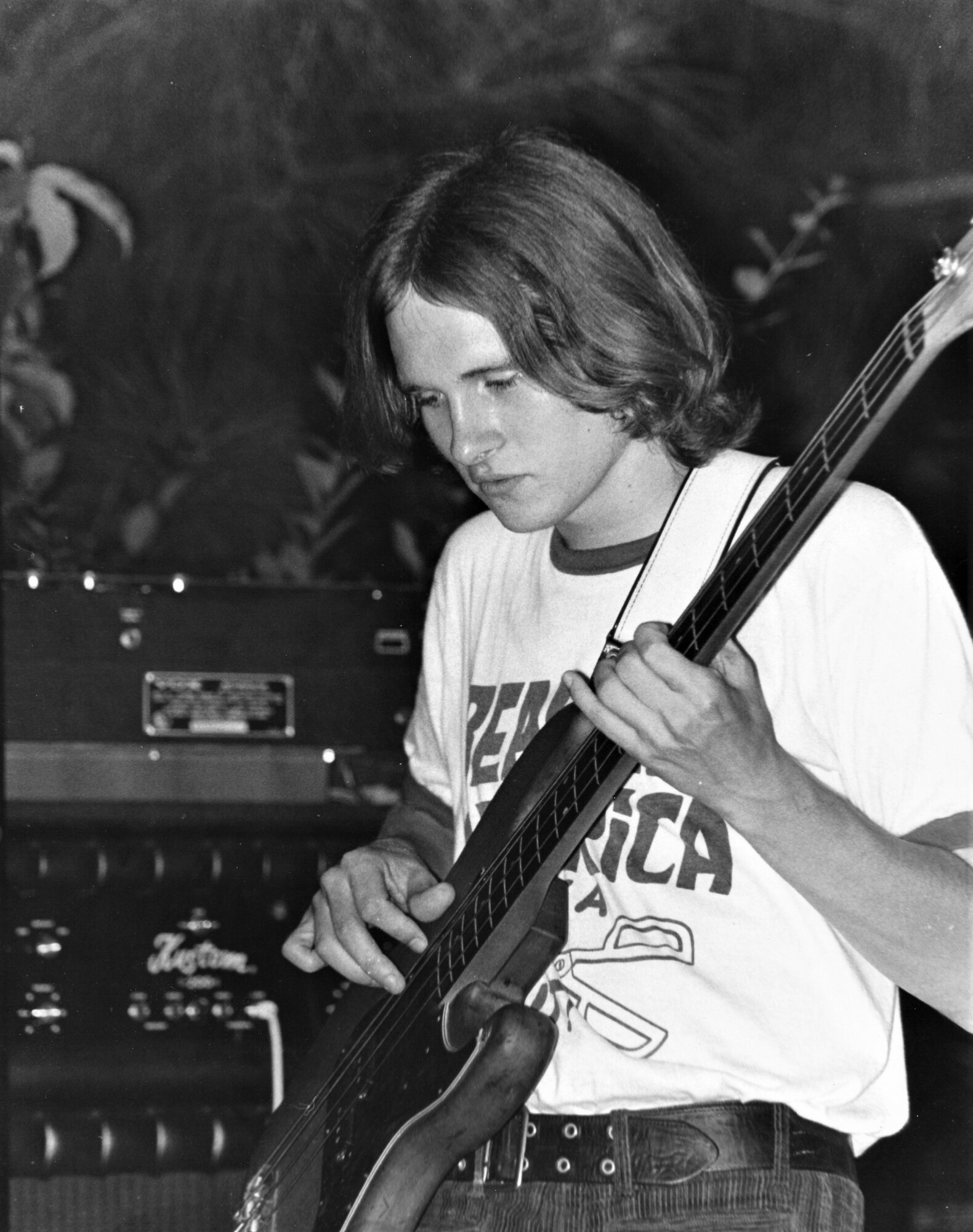
Who was the producer of the album? What do you recall from the recording session? What kind of instruments and gear did you have?
The producer of the album was Bob LaRoy Folschow, who was with The Castaways. He was the singer of their hit song, ‘Liar Liar’! He was instrumental in some of the significant sound effects that are on the album. He was a perfect match for producing the songs Frank Hardwick wrote. I am not sure about the recording equipment. I played a set of Rogers Drums that I bought in 1967. I still play them today. That drum set could tell some stories if it could talk. I don’t remember much about the specific gear the other band member used, but the guitars and bass were Gibson and Fender, and the amps were Vox, Kustom, Fender, and Sunn.
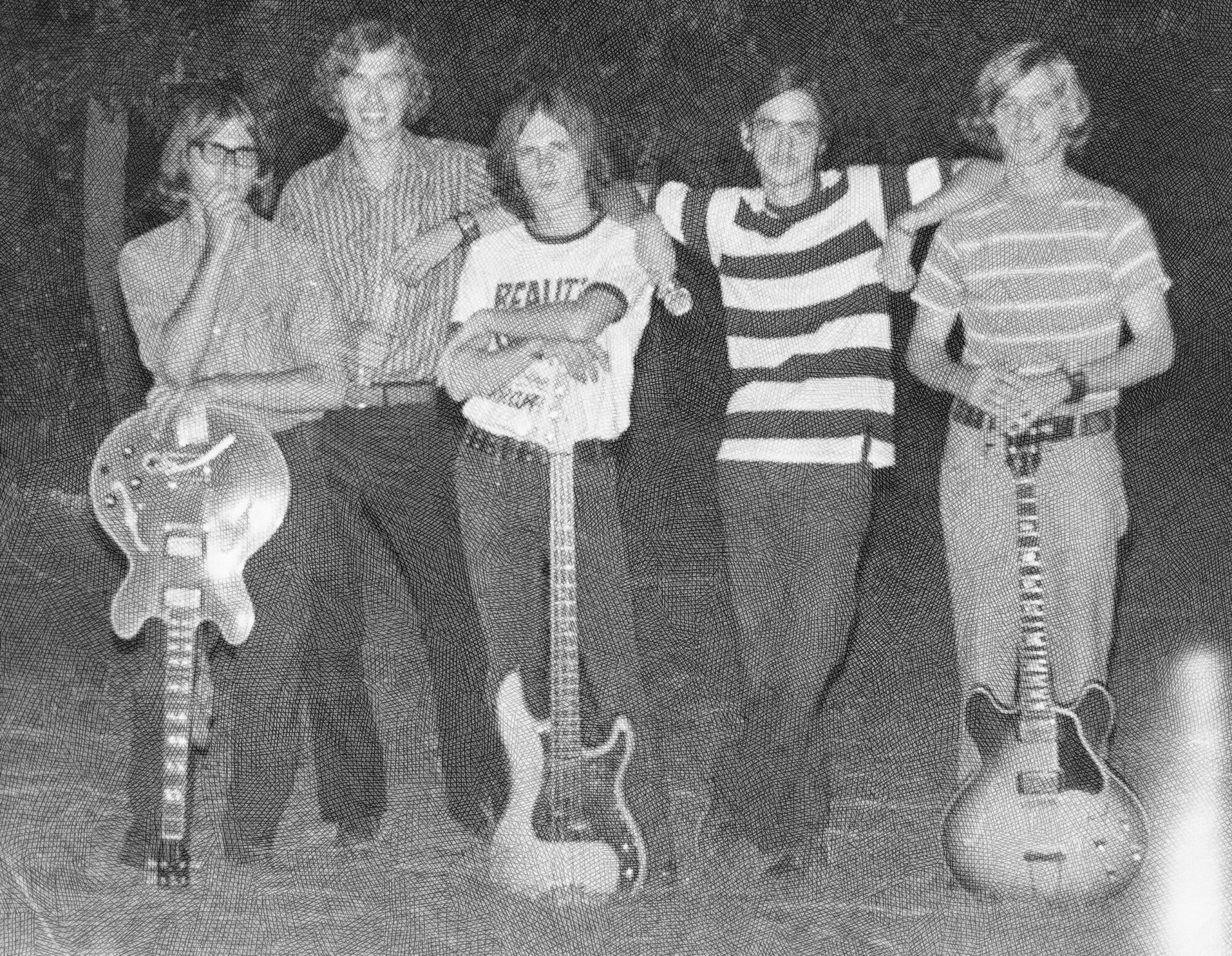
“One of our goals was to show versatility in the music we played”
Would you like to go track-by-track and analyze each and how you recall working on them?
What I remember most is how much time we spent in the studio that summer. We lived there 24/7 until we finished working on the recordings. Each song had its unique characteristics. For example, ‘Spunky Monkey’ was a take-off of James Brown’s style. We invited some friends, Ed Tomolonius on trumpet and Mike Mazarick on saxophone and flute, to record the horn section. Adding the horns gave more authenticity to the feel we were trying to achieve. One of our goals was to show versatility in the music we played.
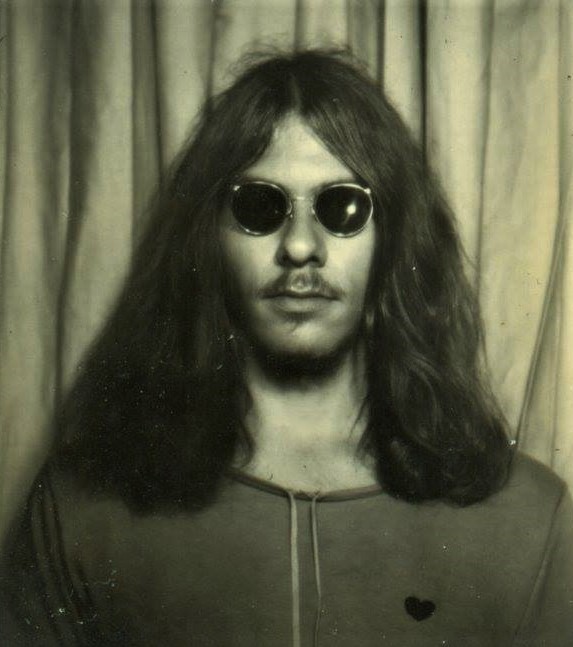
The cover artwork is genuinely fantastic. A time capsule!
The folks with B.T. Puppy did the cover work for the album cover. We did not have any input into it. The photo on the back of the album was by one of our high school friends, John Meadows. Our names were not on the album. I am not sure why. There was only the band’s photo on the album cover.
Did you do any touring?
Yes, we traveled the east coast states from Maryland down to Florida and into Alabama, Tennessee, and West Virginia. We played many clubs, military bases, and smaller concert venues opening for other better-known bands. In those days, this was referred to, by musicians, as the “Chitlin Circuit.”
What are some of the most remembered shows you had?
We enjoyed playing with Big Brother and the Holding Company. They had an incredible performance that was very entertaining. The most memorable was the Bloodrock show because it was our last show playing together. Ironically, we had a better response from the audience that night than Bloodrock. Unfortunately, it was not enough to keep us together.
Since you were active in that particular era, did you ever experiment with psychedelics?
I did not do that much, but I would say that we all probably did to some degree or another. Mostly though, we did not do anything when we played music. We did not want it to interfere with our musicianship. We would usually party after the gig.
What happened after the album was released?
We went on about our business playing gigs. We only heard a little about the album during that time. It was not until later that we discovered how it had become a collector’s item among vinyl collectors. We did receive some airplay on the local radio stations in our hometown. We heard rumors of airplay in New York as well. We were all young and naive when it came to the music business. We just wanted to play our music!
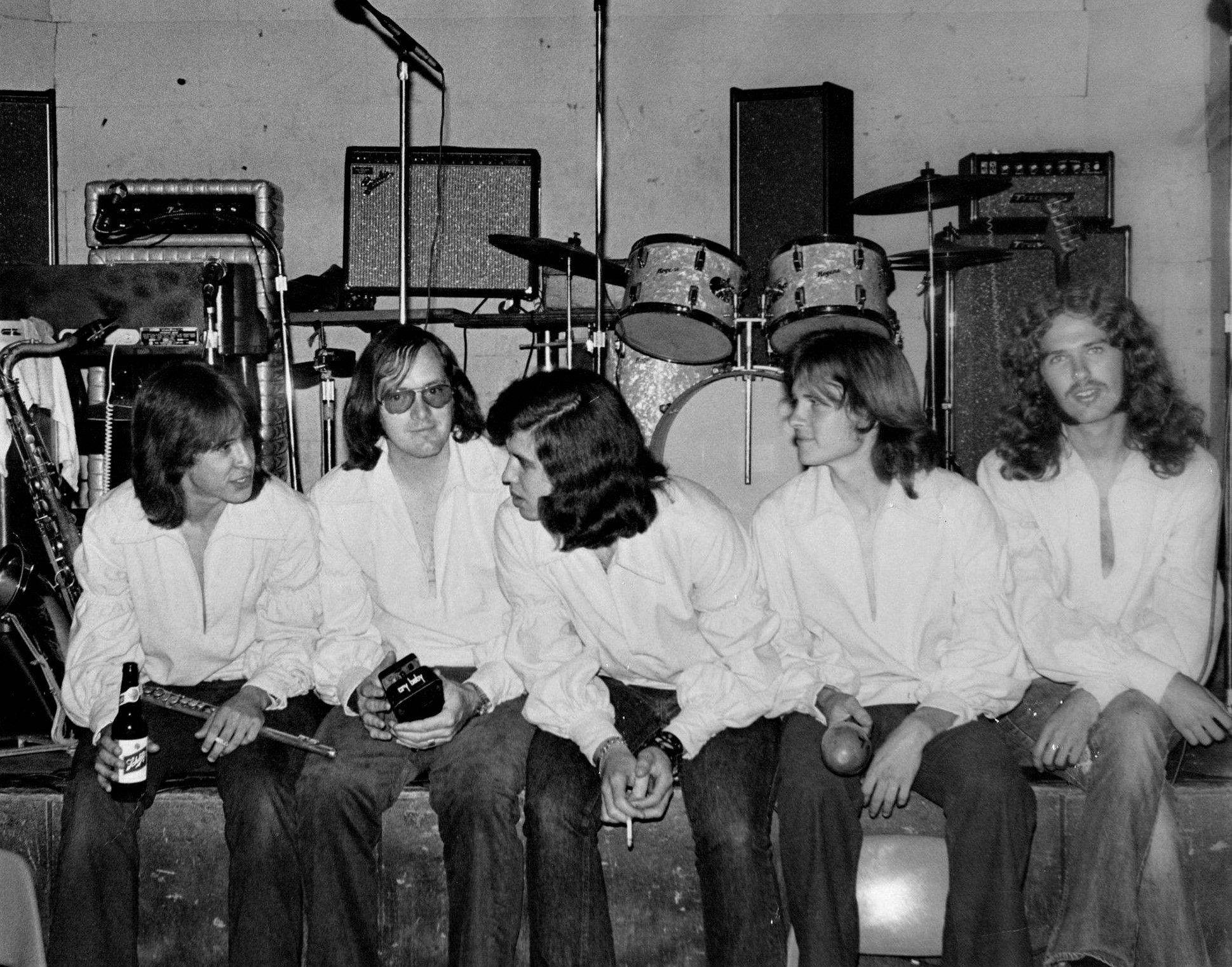
This is a picture of a band I played with when I attended East Carolina University in the early 1970’s. We were called Gingerleaf.
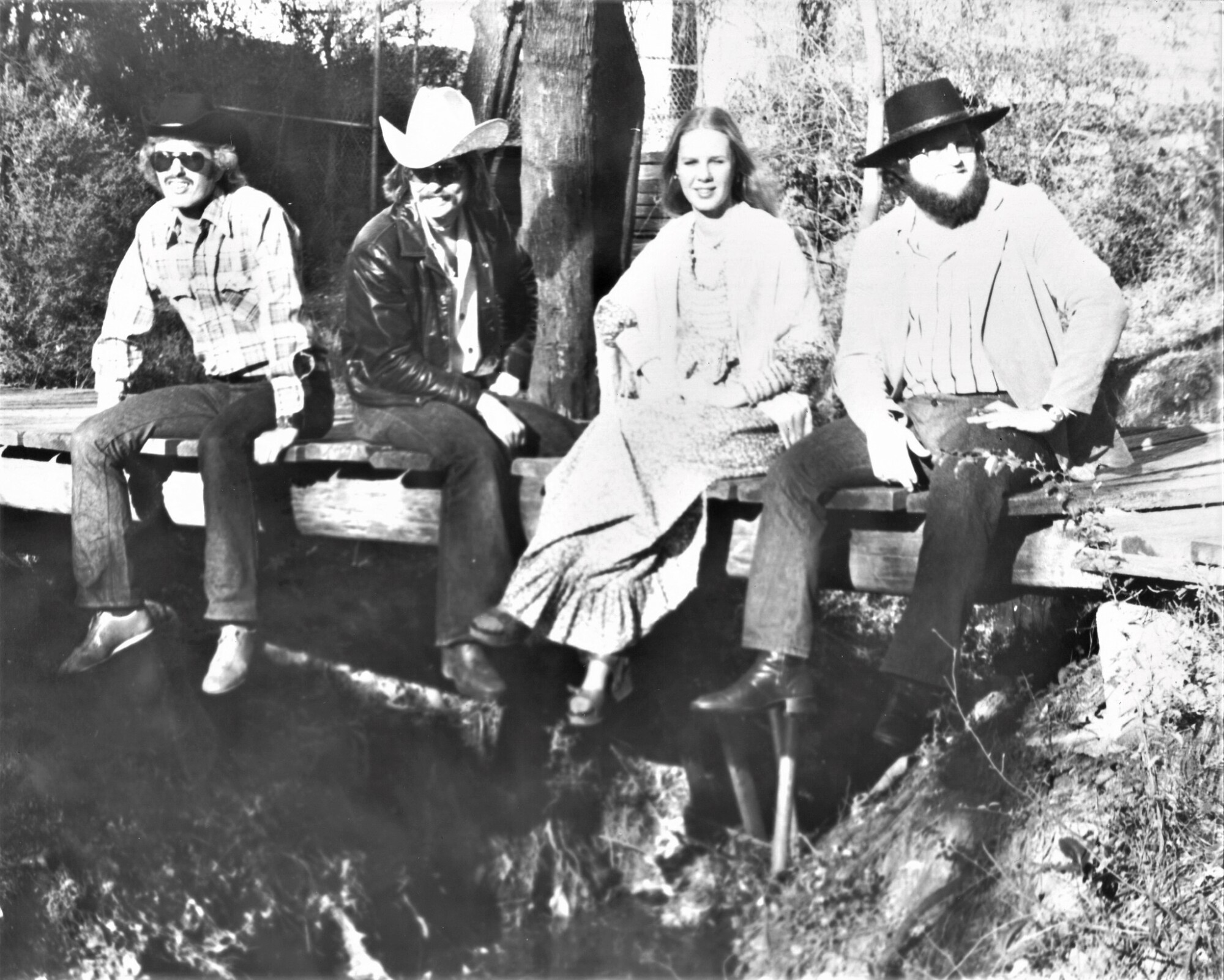
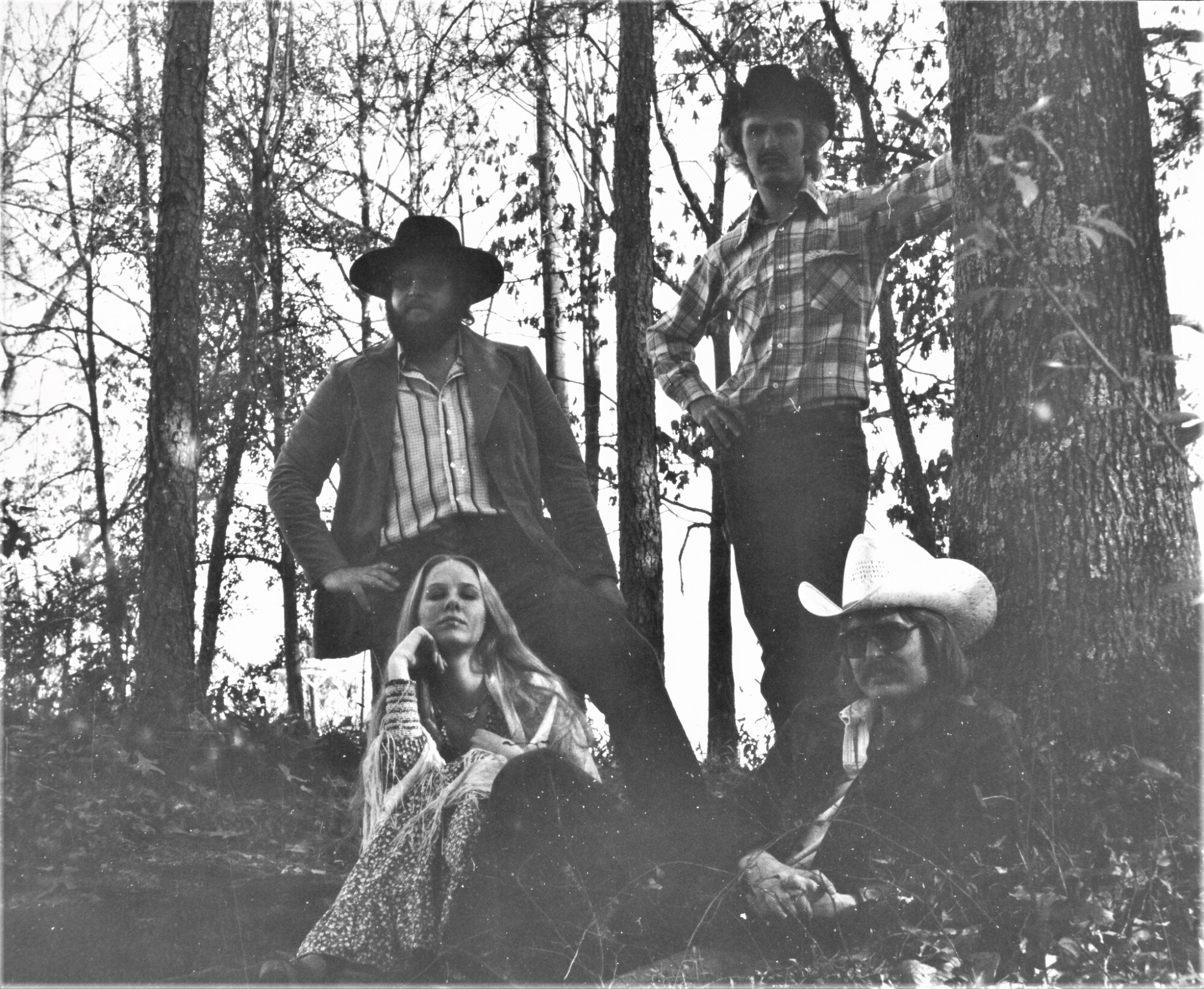
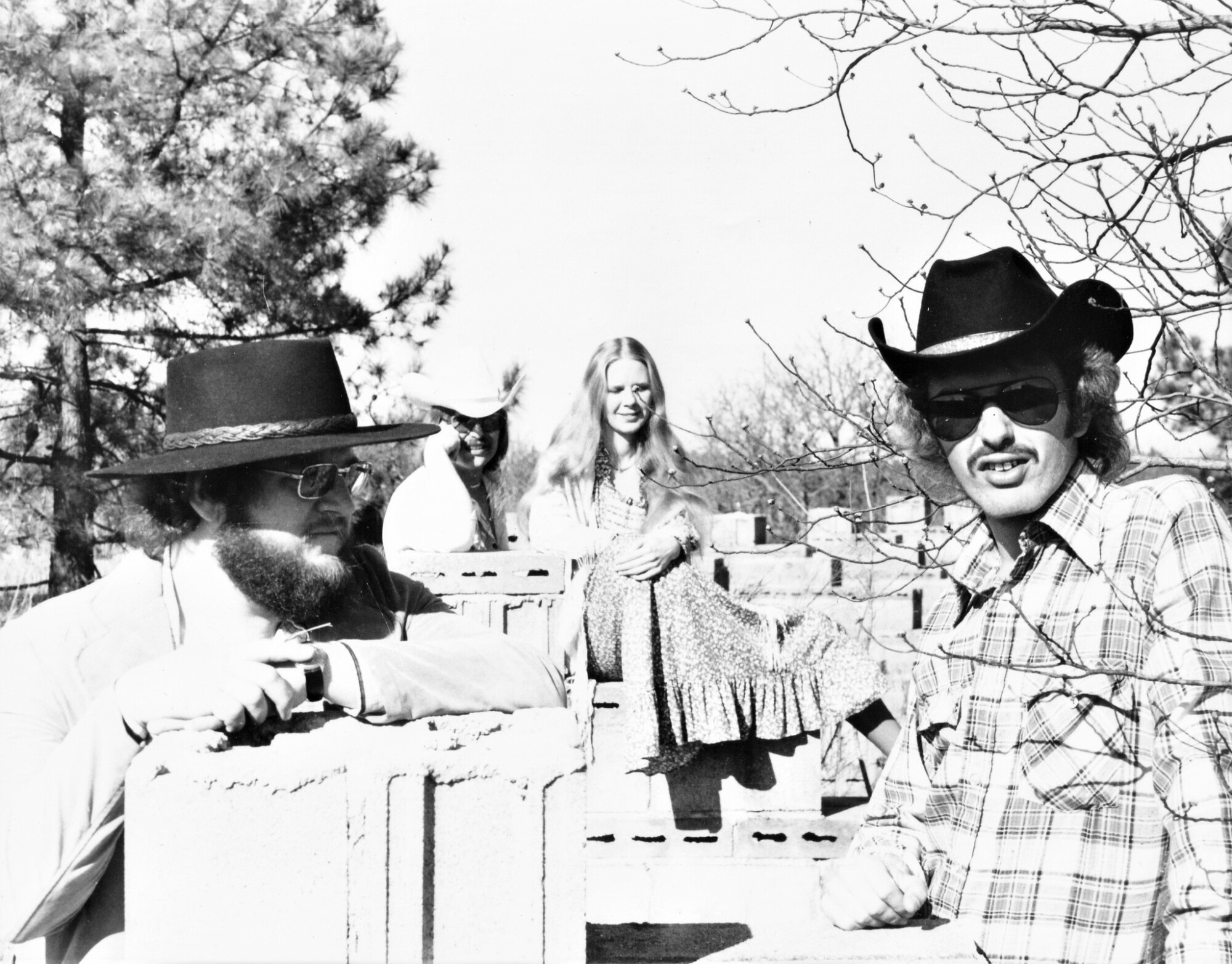
Sonshine was a band I played with in the mid-1970s. These three photos do not include two other band members (I am not sure why not), Steve Darling (guitar) and Susan Windsor Davis (vocalist). In the photos are David Moore (white hat), Joe Boyland (black hat and beard), and me, and my memory fails me on the name of the other female vocalist. Steve Darling played with me in the original Bow Street Runners. David Moore and Joe Boyland played together in a band in the 1960s – The Symbols, who had a hit record in the Fayetteville area. Joe Boyland went on to manage Lynyrd Skynyrd! Unfortunately, Steve Darling and Joe Boyland both passed away.
What happened after the band stopped? Are you still in touch with other members? Is any member still involved with the music?
Yes, we all stayed in communication with one another. Over the years, pairs of us would play together in other bands. For example, Frank Hardwick and I played in several bands together. Frank played with Steve Struthers in several bands. Steve Darling and I played in several bands together. In the mid to late 1990s, Frank, Steve Darling, and I got back together as the Bow Street Runners after learning about the success of our album and the reissue with Sundazed Records. Steve Struthers and I are still involved with music, as well as Bill Joyner from the high school years of the band.
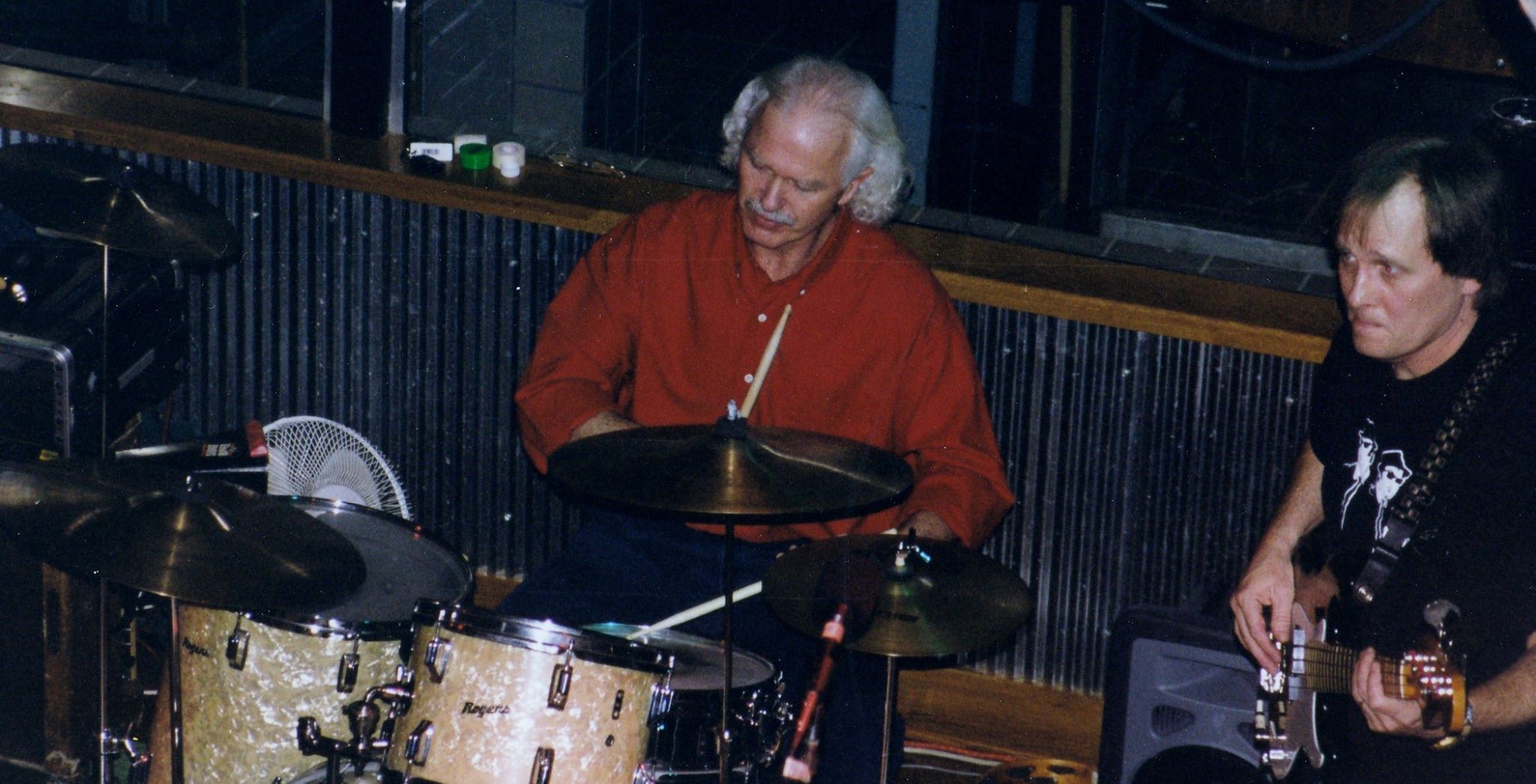
About 20 years ago, you released ‘New Classic Rock,’ tell us about it.
When Steve Darling, Frank, and I reunited in the mid to late 1990s, Frank had been playing in another band with David Guy on keyboards. We invited David to join us as we played again as the Bow Street Runners. We played locally and around the state for a while. All the guys had been writing original material over the years. We decided to make a new recording of some of these songs in 2000.We decided to call in ‘New Classic Rock’. It had been thirty years since the original album. We had come full circle.
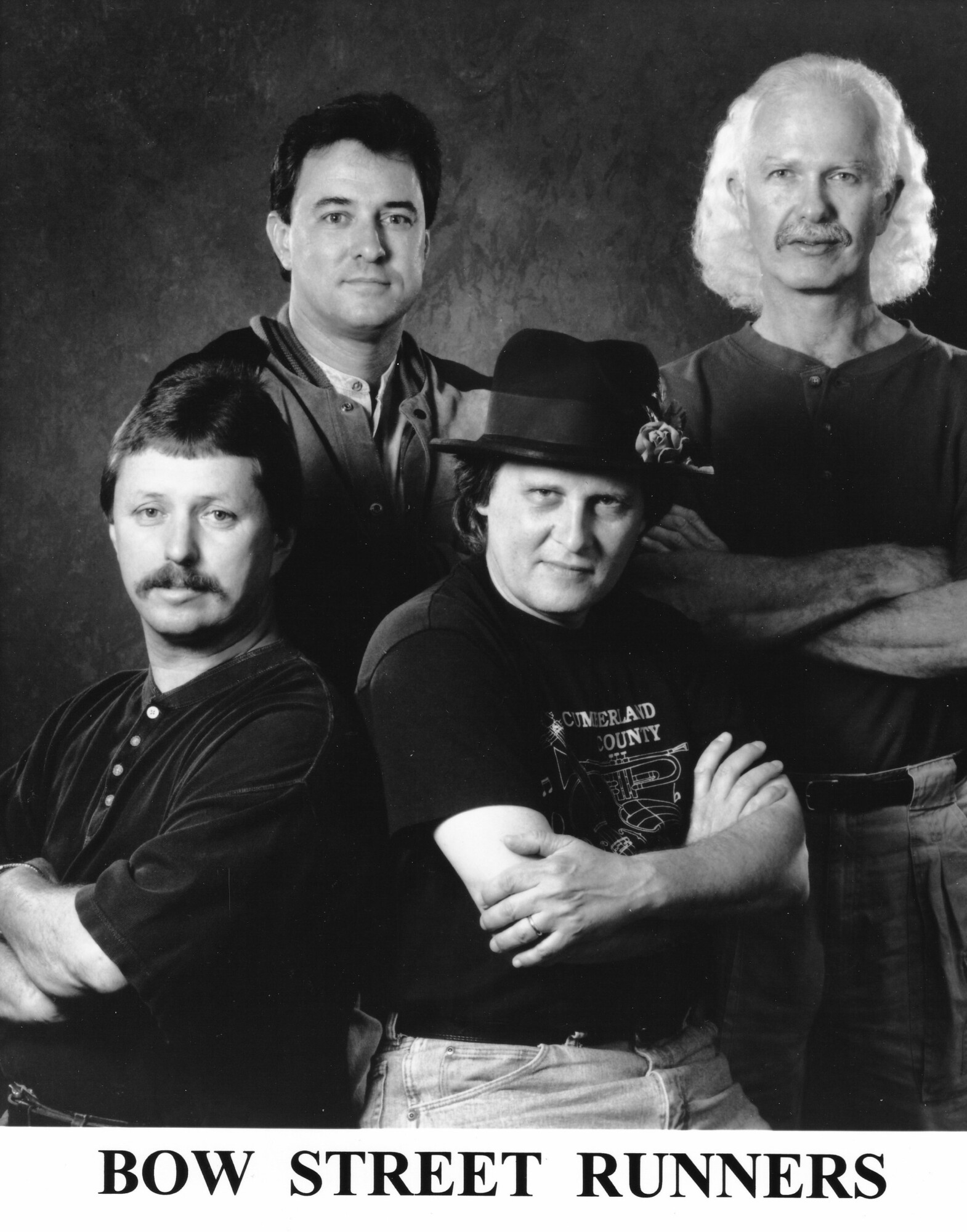
What are some of the most important players that influenced your style, and what did they employ in their playing that you liked?
Many greats like The Doors, The Jimi Hendrix Experience, Cream, Jefferson Airplane, Crosby, Stills, Nash & Young, Led Zeppelin, and others influenced the band the most. You could hear some of the influence in the material on the original album. Each group had a unique writing and performing style that we all liked. So much great music in the 1960s and 1970s influenced us all.
Looking back, what was the highlight of your time in the band? Which songs are you most proud of? Where and when was your most memorable gig?
When we first started, we were all about the music. Nothing else mattered. Our friendship and camaraderie were the highlights of my time with the band. I have never been able to feel that same sense of closeness with any other band. We got to the point of playing together in the original band, and when we reunited in the late 1990s, we just clicked playing again. We got to the point where we knew each other so well that the music would flow without us even having to look at each other. We knew what the other person would do before they even did it. It was magic.
Is there any unreleased material by Bow Street Runners?
I am unaware of any unreleased material other than the ‘New Classic Rock’ CD release in 2000. Numerous sources have told me that there are unauthorized copies (bootleg) of our original music released in other countries like Japan and Mexico.
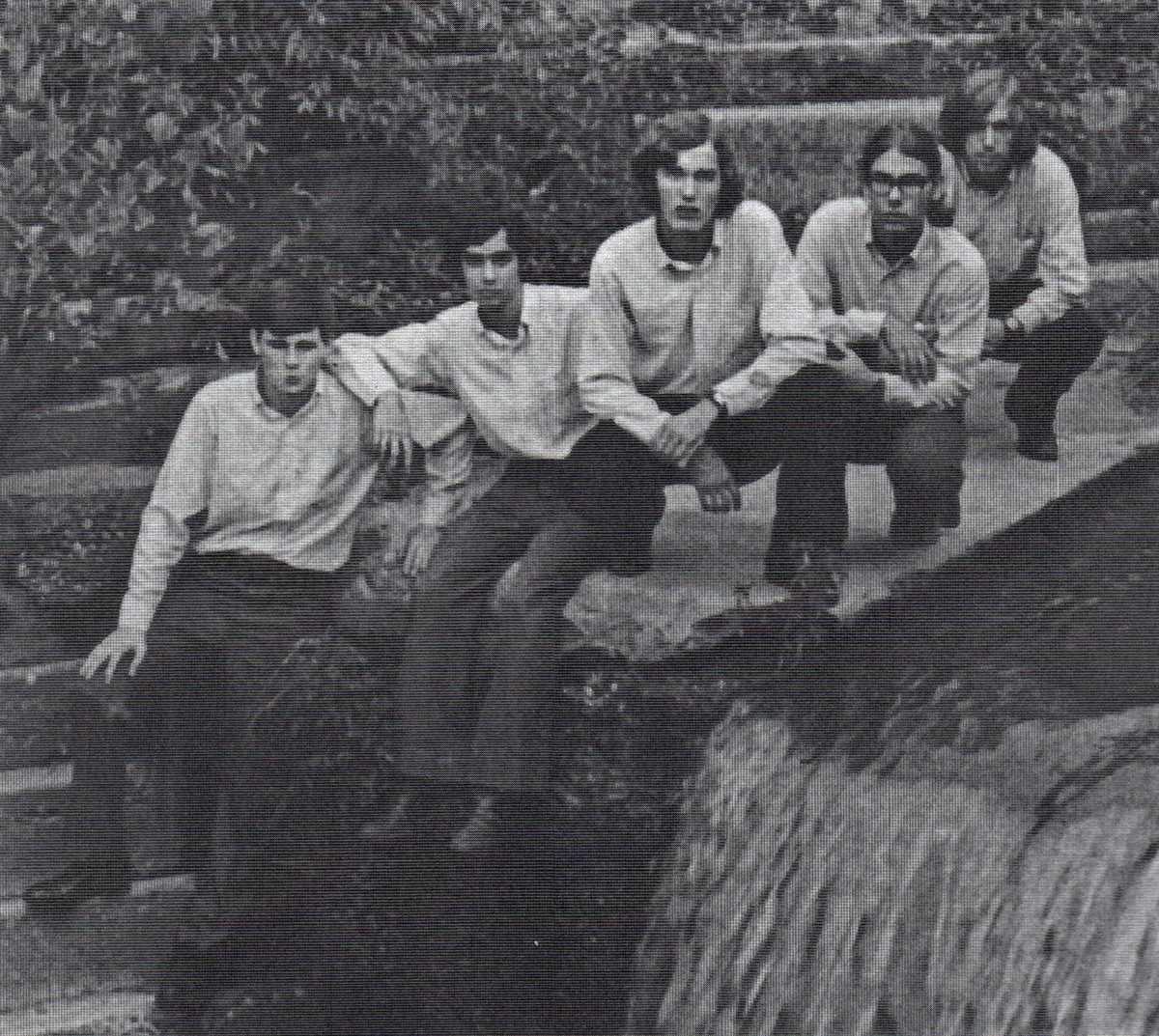
Thank you for taking your time. The last word is yours.
The Bow Street Runners are thankful for all the folks that supported us and believed in us over the years. It is a fantastic story that keeps getting retold through interviews like this one. Unfortunately, the story ended in 2002 when two band members passed away. Frank Hardwick and Steve Darling both passed away within the same year. It was different after that. The original magic died!
I still have unopened copies of the 2000 ‘New Classic Rock’ CD for anyone interested in acquiring a copy. You can contact me at either bstrunners@aol.com or through our Facebook page Bow Street Runners. They are currently selling for $10.00 per CD, plus shipping.
Unfortunately, I no longer have copies of the original album. However, you can purchase a reissue of the album or CD through Sundazed.com.
Klemen Breznikar
Sundazed Music Official Website / Facebook / Instagram / Twitter / Bandcamp / YouTube

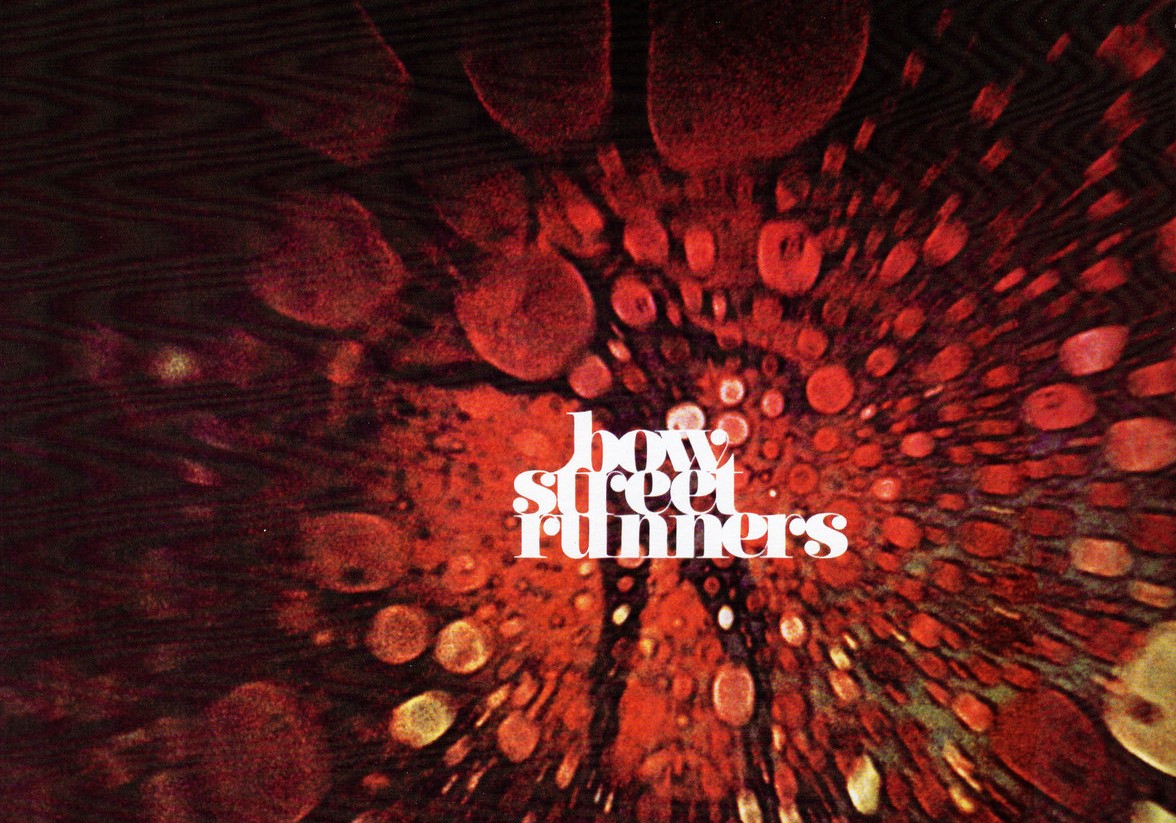
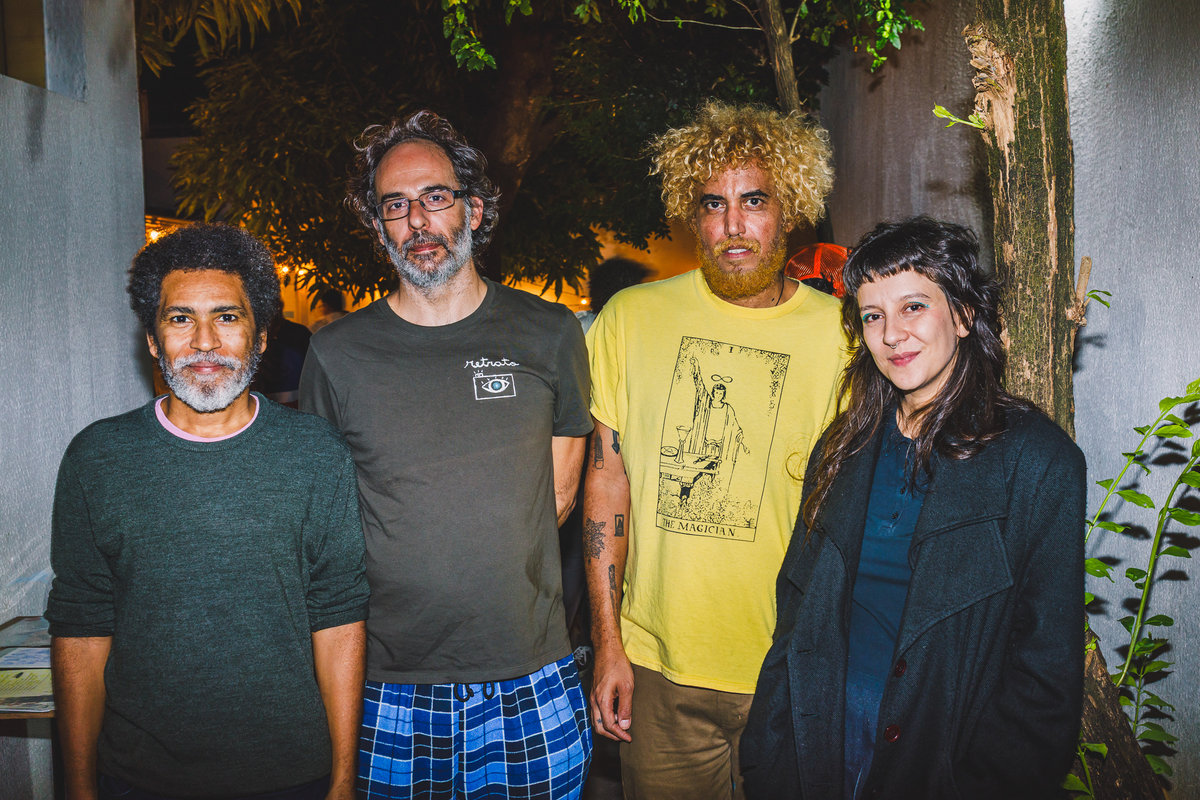
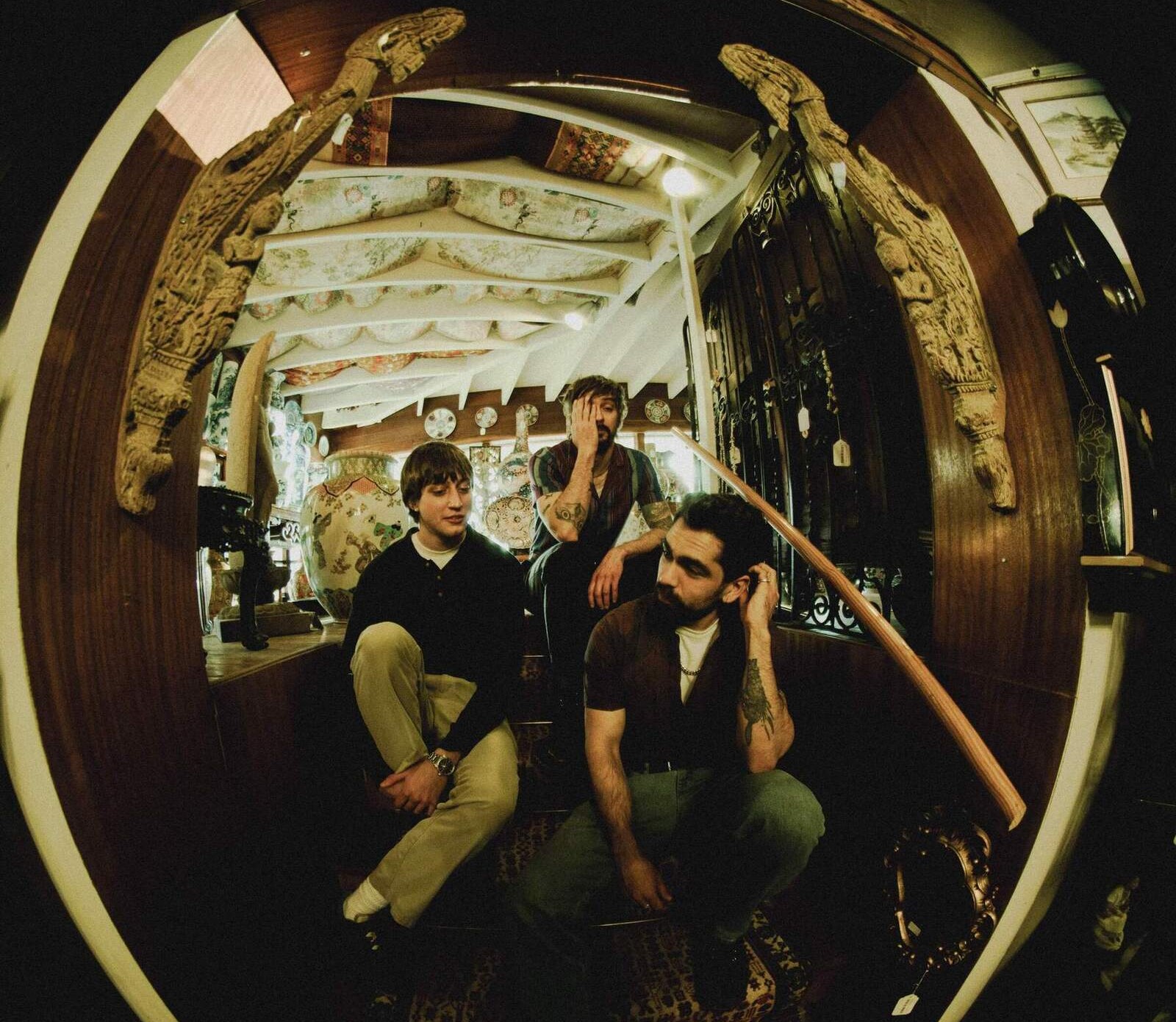
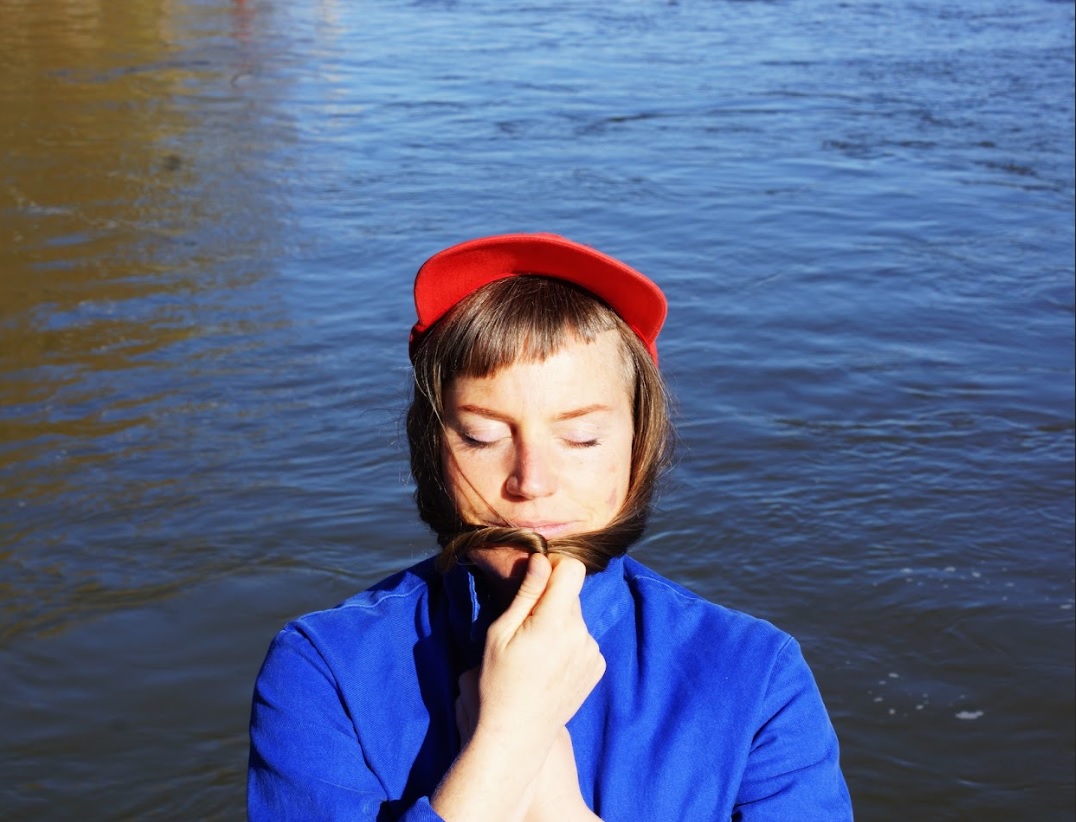
Thanks for the interview and rare photos. I have the cd of Sundazed of course. The concert with Big Brother & the holding Company in 1970 (?) was probably without Joplin. ALL THE BETTER ! I LOVE THE ERA OF BE A BROTHER & HOW HARD IT IS !!!
Fine interview and nice images from the era. One of the interesting groups from Da Stoned Age.
Hello The Triumph of the Thrills. It looks like we are both the only ones who regularly comment in interesting entries. Since there is no resonance here, for better or for worse. I will now also post my comments. I don’t like to talk to myself
It’s good to see I’m not the only one commenting here on the musical artists from Rock’s golden age, Josef. Nice to see your comments and it’s good we keep the comments section of the site more or less alive and kicking. 🙂
I love these photos from that age thank you for sharing this!
The Runners played regularly at the skating rink in Southern Pines NC. Many of the “Fayetteville” bands played there, as well as other local bands, as there were quite many back then and the rink was a good place to play.
The Runners were a stand out band and the musicianship of Bill, Mike, Frank, George, and Stevie were top notch. They were quality players to learn from and George always had that big smile!
Fantastic musical times that won’t come around again. I think of them often. Good guys.
I am the “high school sweetheart, Rusty” brother Mike. In 1970 I was 15 and playing guitar in a band. I loved getting playing tips from Steve Struthers. (He was a great guitarist and wound up teaching guitar at the University in Little Rock, Arkansas.) I got to witness the entire recording sessions of this album. Bow Street Runners were just monsters on the music scene.